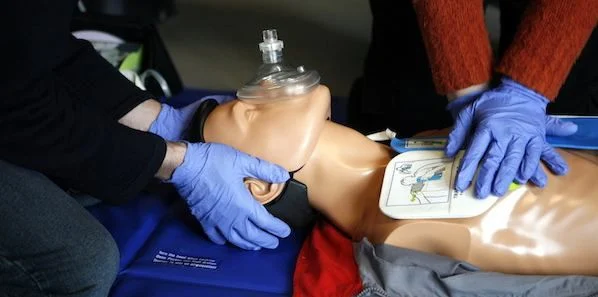A video which describes assistive and resuscitation procedures, such as CPR and intubation, helps seriously ill older patients to decide whether they want such interventions performed by their physicians if they experience a life-threatening event such as cardiac arrest. The decision-support tool, developed by the Video Images of Disease for Ethical Outcomes (VIDEO) Consortium, informs patients and encourages them to discuss their end-of-life preferences with their caregiving teams in advance.
A study comparing patients’ decision making with and without the video was conducted by a team of researchers led by Areej El-Jawahri of Harvard Medical School and Massachusetts General Hospital. All patients involved in the study were over the age of 60 and had a life expectancy of less than one year. 75 participants were shown the video that described the interventional procedures, and another 75 participants were not exposed to the educational tool.
Hospitalised patients with advanced illnesses were more likely to decide against the use of CPR and intubation after watching the video. Specifically, 64 percent of patients who saw the video opted against CPR, versus 32 percent of patients who did not see the video. 72 percent of patients who watched the video said they did not want intubation to be implemented, compared to 43 percent who did not watch the video. Those who watched the video were also more likely to give explicit orders to their physicians, detailing their wishes for (or against) emergency interventions.
“In the era of shared decision-making, visual media such as videos can educate and empower seriously ill patients to make more informed decisions," El-Jawahri said. "These can also help physicians to deliver medical care in line with their patients' wishes.”
CPR and intubation are common interventions for hospitalised, terminally ill patients. Heart resuscitation can be achieved when CPR is performed, while intubation allows for facilitated breathing and drug administration. However, patient preferences for such procedures are often not discussed until it is too late for them to make informed decisions.
The researchers hope that by showing patients the educational videos in a hospital setting, they will experience improved care through a more patient-centred approach to decision-making. Seriously ill patients will be given the opportunity to discuss the procedures and ask questions of their physicians, and to ultimately express their choices which can then be documented for future reference. This can relieve the burden sometimes placed on family members to make difficult decisions in a life-or-death scenario.
The report appears in the Journal of General Internal Medicine.
Source: Springer
Image Credit: Wikimedia Commons


![Tuberculosis Diagnostics: The Promise of [18F]FDT PET Imaging Tuberculosis Diagnostics: The Promise of [18F]FDT PET Imaging](https://res.cloudinary.com/healthmanagement-org/image/upload/c_thumb,f_auto,fl_lossy,h_184,q_90,w_500/v1721132076/cw/00127782_cw_image_wi_88cc5f34b1423cec414436d2748b40ce.webp)





